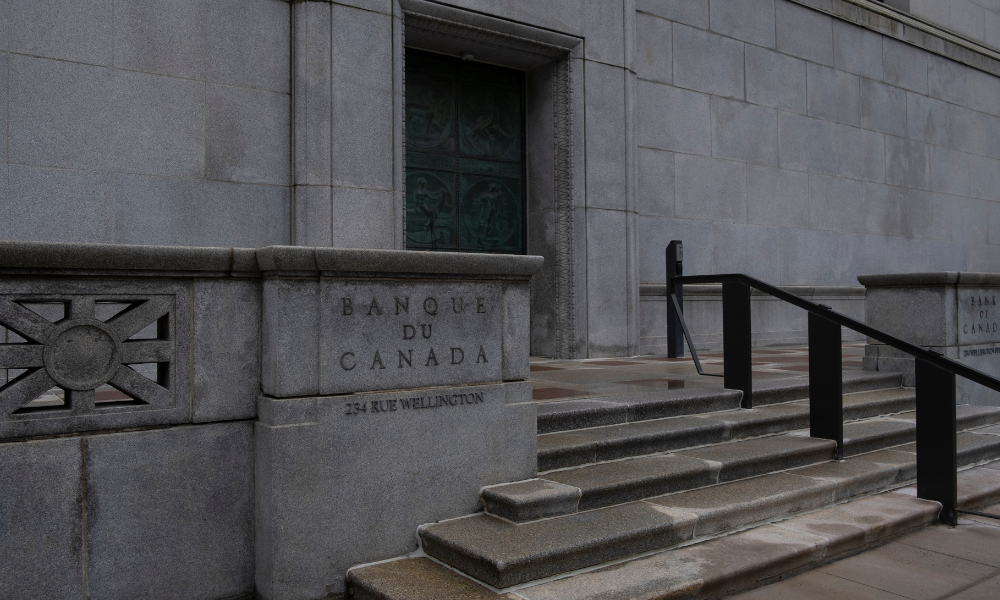July minutes show policymakers split on whether recent cuts have already supported the economy

Some Bank of Canada policymakers questioned in July whether the benchmark rate was already low enough to help the economy absorb US tariffs, according to the summary of deliberations released by the central bank.
As reported by The Canadian Press, the governing council held the policy rate at 2.75 percent on July 30 for the third consecutive meeting, but minutes show they also considered a quarter-point cut.
The discussions came just before US President Donald Trump raised base tariffs on Canada to 35 percent, while keeping exemptions for goods compliant with CUSMA.
According to the deliberations, some members said the rate was already within the middle of the estimated neutral range of 2.25 to 3.25 percent, arguing that prior rate cuts — seven between June 2024 and March 2025 — were still filtering through the economy.
They cautioned that further easing could take effect as demand recovered, adding to inflationary pressures.
Others argued more support could be warranted if economic slack persisted, particularly if labour market conditions softened and inflation stayed close to the two percent target.
Policymakers noted that spillovers from weaker export demand into business investment, employment, and household spending had been limited so far, and that government spending might offset some of the weakness caused by tariffs.
As per the central bank’s minutes, members discussed the lagged effects of monetary policy and the risk that easing too soon could contribute to price pressures later.
They also observed that monetary policy is better suited to controlling inflation by influencing demand than to addressing supply shocks.
The Bank of Canada also outlined three possible tariff paths: a continuation of current restrictions, a de-escalation, and an escalation. None projected a sharp rise in inflation, and surveys of consumers and businesses suggested inflation expectations remained anchored.
The deliberations said tariff effects on consumer prices were modest so far but only beginning to appear in the data, while risks to inflation remained elevated due to underlying pressures and trade uncertainty.
Randall Bartlett, deputy chief economist at Desjardins, said in a Reuters interview that the fact a rate cut was discussed suggests the governing council is leaning toward additional easing.
Desjardins forecasts a cut at the September meeting, with the possibility of further reductions later in the year.
Bartlett added that divisions among members reflect the challenge of determining the optimal policy stance in the current environment.
The Bank of Canada will have July and August inflation data before its September 17 decision. Reuters reported that money markets currently assign a 67 percent probability to another rate hold.



